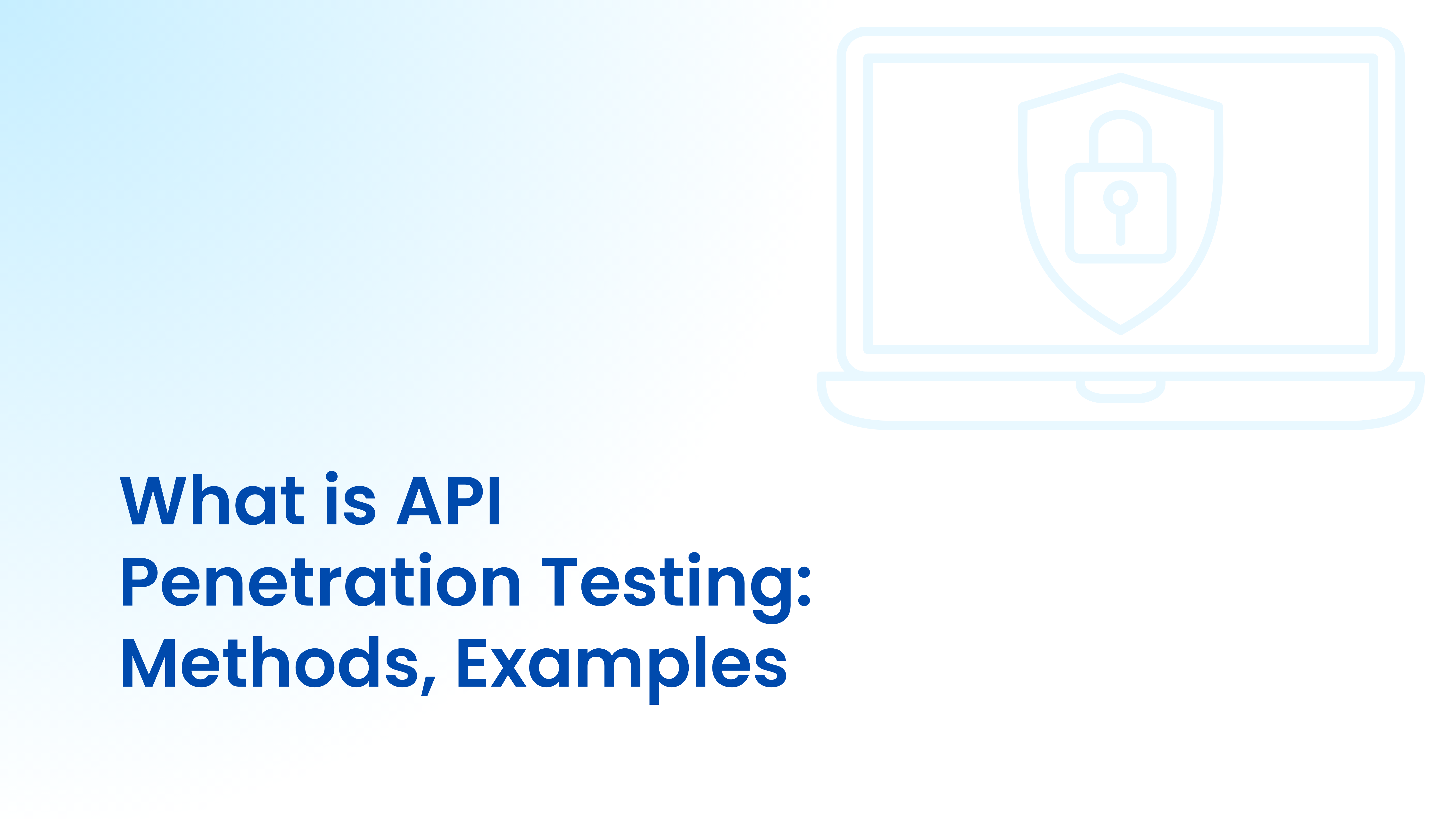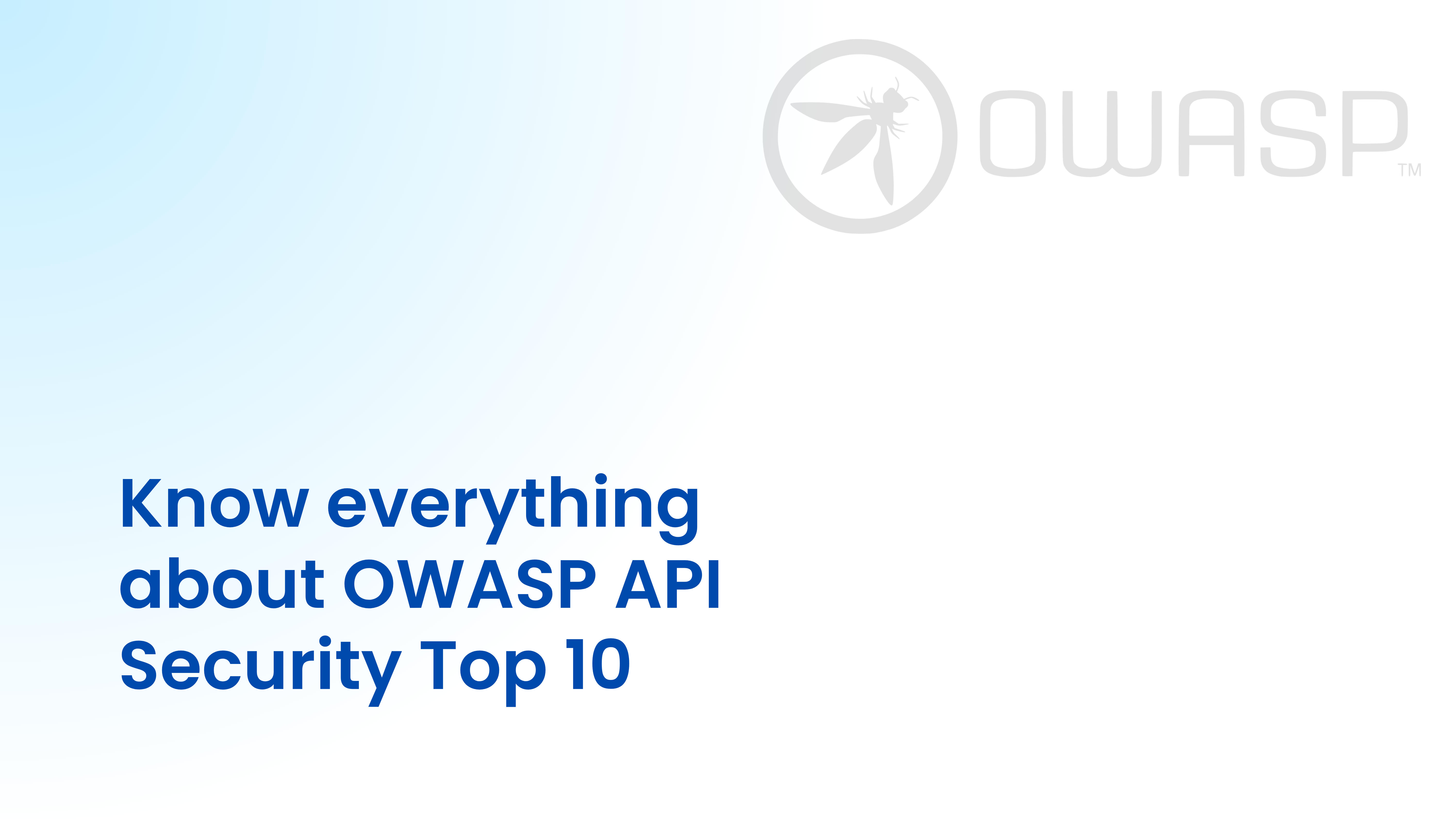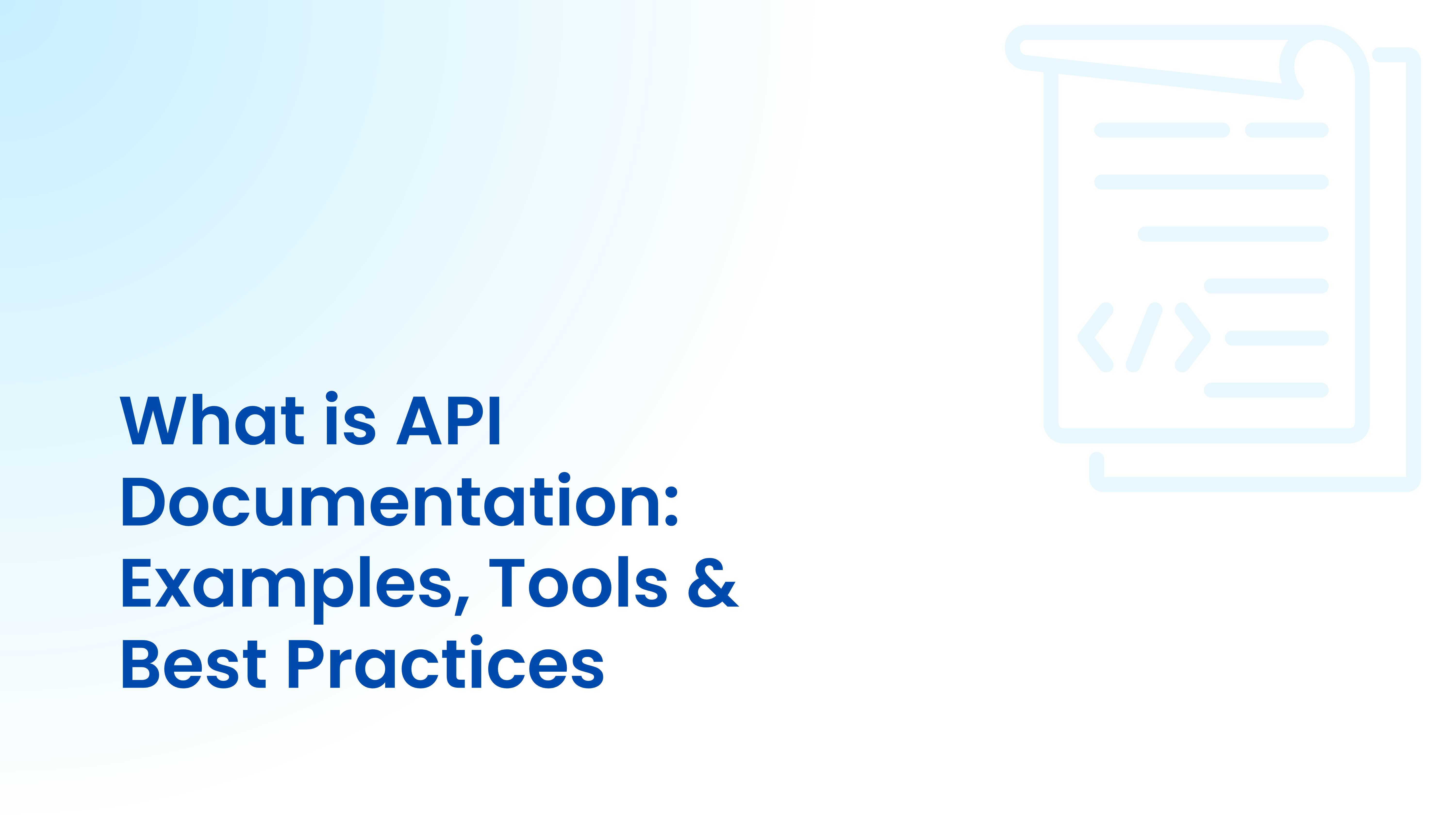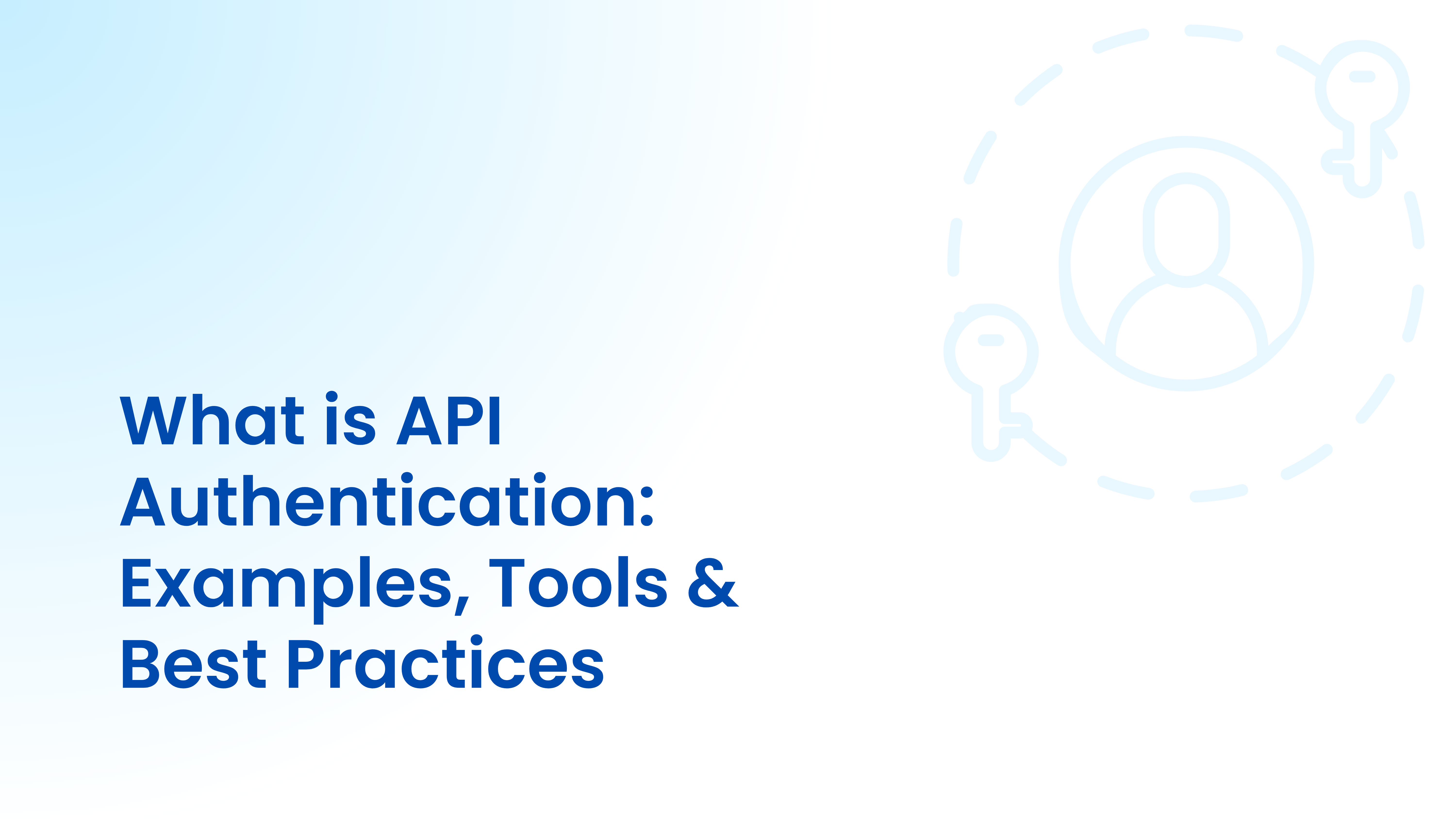APIs now power over 90% of internet traffic, connecting modern web, mobile, and cloud native systems. But as organizations scale through microservices, hybrid clouds, and third-party integrations, the API attack surface expands rapidly, making continuous, scalable security testing a core challenge.
Traditional methods like manual pen tests and static scans can’t keep up with APIs that change hundreds of times per week. Misconfigurations, broken access controls, and data leaks often remain undetected until exploited. In fact, over 60% of API breaches involve known but untested vulnerabilities, highlighting the need for continuous validation.
API Security Testing Tools bridge this gap by automating vulnerability detection, simulating real world attacks, and integrating security directly into CI/CD pipelines. They continuously test authentication, authorization, and data exposure, catching logic flaws before release and reducing mean time to detect and respond.
Below is a list of the Top 10 API Security Testing Tools for 2025, ranked by testing depth, automation, scalability, SDLC integration, and enterprise readiness, helping teams secure APIs proactively without slowing development.
TL;DR
Explore the Top 10 API Security Testing Tools of 2025: Levo.ai, Traceable.ai, 42Crunch, Akto, Salt Security, APIsec, StackHawk, Invicti, Rapid7, and Qualys. These platforms automate vulnerability detection, simulate real-world attacks, and integrate directly into CI/CD pipelines, helping teams identify misconfigurations, broken access controls, and data leaks before APIs reach production.
What are API Security Testing Tools?
API Security Testing Tools are specialized platforms that identify vulnerabilities, misconfigurations, and logic flaws in APIs before they can be exploited, by simulating real world attack scenarios. They assess authentication, authorization, data handling, and input validation to ensure APIs are secure before and after deployment.
API Security Testing Tools test for issues like broken access controls, data exposure, and injection flaws, to ensure APIs stay resilient under both normal and malicious conditions.
Unlike one off scans, these tools integrate directly into the SDLC to provide continuous testing across development, staging, and production environments. They combine static and dynamic analysis, fuzz testing, and behavioral monitoring to detect issues such as broken access controls, data leakage, and insecure endpoints.
API Security tools evaluate how APIs authenticate users, handle sensitive data, and enforce authorization policies. They help teams uncover vulnerabilities early, enforce security policies, and maintain compliance by continuously scanning live traffic and validating responses, without disrupting delivery pipelines or application performance.
For modern, distributed systems where APIs evolve rapidly, these tools make it possible to scale security testing, prevent breaches, and stay compliant, without slowing down innovation or delivery speed.
Why are API Security Testing Tools essential?
While API Security supports web traffic at scale connecting critical systems, partners, and customers, but with this scale comes risk. Gartner states, API related breaches will account for over 50% of all web application attacks by 2026. Thus API Security Testing is non-negotiable.
API security testing tools protect API driven systems from hidden vulnerabilities, logic flaws, and data exposures that traditional scanners often miss.
Unlike legacy web scanners, API security testing tools continuously validate authentication, authorization, and data handling across live and pre production environments.
API Security Testing Tools are essential because traditional security methods such as manual pen tests and static scans can’t keep up with the speed and complexity of today’s distributed, microservice driven architectures. APIs change frequently, and a single misconfigured endpoint or broken access control can expose sensitive data or disrupt entire services.
These tools automate continuous testing across every stage of the SDLC, simulating real world exploits before attackers can. They help teams:
- Detect vulnerabilities and logic flaws early, before APIs reach production.
- Maintain compliance with frameworks like SOC 2, HIPAA, and PCI-DSS through consistent and auditable testing.
- Reduce breach likelihood and response costs. This is critical as the average cost of an API related breach exceeds $4.5 million.
API Security Testing Tools shift security from reactive defense to proactive assurance, enabling organizations to build, deploy, and scale APIs with confidence.
When to use API Security Testing Tools?
API Security Testing Tools become critical as soon as any organization starts delivering services, integrating with partners, or handling sensitive data. In modern architectures that are defined by microservices, multi cloud environments, and continuous deployment, APIs evolve faster than manual reviews or periodic audits can keep up.
That is where API Security Testing and automation is essential. With over 60% of API breaches traced to untested or misconfigured endpoints, automated testing is no longer optional, it’s a necessity. Effective tools validate every API during development, staging, and production, continuously checking for issues like broken access controls, injection flaws, and data exposures aligned with the OWASP API Top 10.
You should use API Security Testing Tools during:
- Rapid microservices expansion: Frequent deployments introduce new endpoints and dependencies that increase attack surface and configuration drift.
- Continuous deployment cycles: Manual pen tests or static scans can’t validate the pace of CI/CD-driven changes.
- API modernization or migration initiatives: Legacy APIs being refactored or exposed to third parties need automated, repeatable testing for security consistency.
- Multiple teams or vendors contribute to API development: Security must remain uniform across Dev, QA, and Ops, regardless of ownership.
- Compliance mandates apply: Frameworks such as PCI-DSS, SOC 2, DPDP, and GDPR require continuous validation of API security and data flow integrity.
- Runtime vulnerabilities keep recurring: Production incidents often indicate inadequate pre deployment security testing. In such cases, API Security helps in vulnerabilities reporting and management in real time.
What to look for when choosing API Security Testing Tools?
The right API security testing tool should do more than detect vulnerabilities, it should deliver continuous, automated, and context-aware validation across every stage of the API lifecycle. As APIs become the backbone of digital business, manual or point in time testing can’t keep pace with evolving threats and rapid release cycles.
Enterprises that embed automated API security testing into their CI/CD pipelines transform security from a reactive checkpoint into a proactive control layer, ensuring every API, whether new or existing is resilient, compliant, and ready for production without slowing innovation.
Here are some of the key factors to consider when choosing API Security Testing Tools:
1. Comprehensive and Continuous Coverage
The platform should cover the entire API lifecycle from code to production, testing REST, GraphQL, gRPC, and SOAP APIs. It must continuously retest endpoints after every deployment or code change to ensure consistent protection.
2. Context-Aware Attack Simulation
Choose tools that simulate real world attack patterns (such as multi step, role based, or stateful flows) using live runtime data. Contextual testing ensures better accuracy and dramatically reduces false positives.
3. Shift Left Integration with CI/CD
Effective tools integrate directly into development pipelines (such as GitHub, Jenkins, GitLab, etc.), automating tests during builds and merges so vulnerabilities are caught before release.
4. Low Overhead and Privacy First Design
Prefer agentless or eBPF-based solutions that test APIs without ingesting sensitive data or introducing latency. Tools should operate safely in both production and air-gapped environments.
5. Comprehensive Vulnerability Coverage
Ensure the platform tests for a wide spectrum of API flaws: authentication and authorization issues, BOLA, data exposure, rate-limiting gaps, injection vulnerabilities, and schema violations.
6. Real Time Risk Insights and Prioritization
Each finding should include detailed payloads, affected endpoints, and severity scores, helping teams prioritize fixes based on impact and exploitability rather than raw counts.
7. Seamless Remediation and Collaboration
Look for auto ticketing, code mapping, and payload reproduction to accelerate remediation. Integrations with tools like Jira, Slack, or ServiceNow help streamline developer workflows.
8. Scalability Across Environments
Enterprise grade testing should scale across thousands of APIs, hybrid clouds, and microservices, while maintaining test accuracy and minimal operational overhead.
9. Deployment Flexibility
The tool must support cloud, hybrid, and fully on-prem deployments, especially important for regulated industries requiring data residency and compliance assurance.
10. Actionable Reporting and Compliance Alignment
Beyond vulnerability lists, the platform should provide detailed remediation paths, compliance mapping (such as, OWASP Top 10, NIST, PCI-DSS), and customizable reports for audits and executive visibility.
Top 10 API Security Testing Tools in 2025
As APIs now underpin most digital products and services, continuous API security testing is no longer optional. With over 60% of breaches traced to insecure or untested APIs, traditional audits and manual reviews can’t keep up with modern release velocity. Organizations need tools that deliver automated, continuous, and context aware testing across development, staging, and production.
Below are the 10 most recommended API Security Testing Tools of 2025, evaluated for their depth of testing, automation, and enterprise readiness to help teams secure APIs without slowing innovation.
1. Levo.ai
Overview:
Levo.ai provides end to end API security testing across the entire SDLC. It combines kernel-level (eBPF) telemetry with real time behavior analysis to automatically discover APIs, detect vulnerabilities, and simulate real world attacks before production.
Levo does it using eBPF powered instrumentation that captures live traffic across production and pre production environments, without agents or latency overhead. It detects access control flaws, sensitive data exposures, and performance anomalies before APIs go live.
Integrations:
GitHub, GitLab, Jenkins, Jira, AWS API Gateway, AWS Fargate, Akamai Edge-worker, Slack, Postman, Burp Suite.
Pros:
- Provides both pre production and runtime coverage
- Delivers extremely low false positives due to contextual testing
- Fast deployment with privacy first architecture
- Lowest total cost of ownership among modern platforms
Cons:
- Newer entrant in the traditional ecosystem
Features:
- eBPF-powered real time monitoring and remediation
- Behavioral API discovery (internal, external, and shadow APIs)
- Zero data SaaS model ensuring no sensitive data leaves your environment
- Custom YAML/Python based security rule configuration
- Continuous testing coverage from development to production
- Compliance alignment with SOC2, PCI, and DPDP.
- Automated alerts and SLA tracking.
Pricing:
Custom enterprise pricing; TCO up to 10x lower than agent-based monitoring solutions.
G2 Rating:
2. Traceable.ai
Overview:
Traceable.ai focuses on runtime protection and behavioral threat analytics. It ingests API traffic to identify real-time anomalies, data exfiltration attempts, and abuse patterns, making it well-suited for production monitoring and SOC operations.
Integrations:
AWS, Azure, GCP, Datadog, Splunk, ServiceNow, Jira, Okta.
Pros:
- Effective traffic analytics and incident response tools.
- Provides excellent runtime detection for active API attacks
- Offers rich telemetry and behavioral analytics for SOC teams
Cons:
- Lacks meaningful shift left and pre production coverage.
- High compute and data storage costs due to full payload capture.
- Focused primarily on reactive, production-side protection
- Complex deployment requiring inline agents
Features:
- Runtime API discovery and protection
- Behavioral anomaly detection and attack correlation
- Centralized threat analytics dashboard
- Post incident forensics and investigation tools
Pricing:
Enterprise custom pricing based on traffic volume, costs scale linearly with API load.
G2 Rating:
3. Rapid7
Overview:
Rapid7 offers API security primarily through its application security module, providing point in time DAST scans that meet compliance requirements but lack continuous runtime visibility. It’s best suited for audit driven organizations but not for teams seeking proactive protection. Rapid7 extends its proven DAST capabilities to APIs, helping enterprises identify vulnerabilities and compliance gaps through periodic scans.
Integrations:
Jira, Jenkins, Splunk, AWS, Azure, GCP, GitHub.
Pros:
- Familiar interface and mature reporting for compliance.
- Centralized vulnerability dashboard.
- Established enterprise grade solution
- Ideal for compliance audits and regulatory testing
- Integrates seamlessly with other Rapid7 products
Cons:
- No continuous monitoring; blind spots between scans.
- Scan heavy architecture increases infra cost and delays.
Features:
- DAST scanning and compliance tracking.
- Vulnerability dashboards and risk scoring.
- Automated ticketing integration with Jira.
- Comprehensive OWASP API Top 10 vulnerability coverage
- Integration with the Rapid7 Insight platform
Pricing:
Subscription based; pricing varies by asset and module count.
G2 Rating:
4. Akto
Overview:
Akto offers API inventory management and automated testing using traffic capture and specification analysis. It’s developer-friendly and integrates smoothly with CI/CD pipelines. Akto provides lightweight API testing and discovery using traffic capture and pre defined test templates. It supports basic continuous integration and quick onboarding for dev teams but misses inactive and low traffic endpoints.
Integrations:
GitHub, GitLab, Jenkins, Slack, Postman.
Pros:
- Developer-friendly, quick deployment.
- Pre-built test library for OWASP API Top 10.
- Easy integration with existing developer workflow.
- Automates basic injection and authentication testing
- Lightweight and fast setup
Cons:
- Limited discovery for ephemeral or internal APIs.
- Generic payloads may miss business logic flaws.
- No real-time monitoring or runtime context
- Manual triage required for false positives
- Limited ability to detect complex business logic issues
Features:
- 1,000+ pre-built test payloads.
- Traffic based API discovery.
- CI/CD integration for pre-deploy scans.
- Automated endpoint discovery and OAS generation
- Pre-built test libraries for common vulnerabilities
- CI/CD and Postman integrations
Pricing:
Free tier available; enterprise pricing on request.
G2 Rating:
5. Inviciti
Overview:
Inviciti combines manual and automated API scanning by importing OpenAPI specs, gateway crawls, and network traffic samples. While it offers decent coverage for documented APIs, it struggles with discovering dynamic or shadow endpoints.
Integrations:
Jenkins, Jira, AWS, Azure, API gateways (Kong, Apigee).
Pros:
- Good compliance alignment.
- Strong policy based scanning and reporting.
Cons:
- No runtime monitoring or behavioral context.
- Heavy manual setup for continuous testing.
Features:
- Spec driven discovery and scanning.
- CI/CD integration.
- Basic risk prioritization and dashboarding.
- DAST scanning engine optimized for APIs
- Support for OpenAPI and Swagger imports
- Centralized dashboard and policy management
Pricing:
Tiered enterprise plans; pricing based on scan volume.
G2 Rating:
6. Qualys
Overview:
Qualys extends its vulnerability management suite to APIs through its TotalAppSec and EASM modules. It provides unified visibility across assets but falls short on API specific discovery and runtime intelligence.
Integrations:
ServiceNow, Splunk, AWS, Azure, GCP, Qualys Cloud.
Pros:
- Comprehensive asset inventory across hybrid environments.
- Strong compliance and reporting ecosystem.
Cons:
- High operational complexity and multi module licensing cost.
- Limited to scheduled scans without runtime intelligence.
Features:
- Asset discovery and vulnerability correlation.
- API compliance scanning and policy alerts.
- VMDR + EASM integration.
Pricing:
Per module license with volume based addons.
G2 Rating:
7. Salt Security
Overview:
Salt Security focuses on production API visibility and runtime protection using traffic mirroring and edge based instrumentation. While strong in detecting runtime attacks, it lacks pre production and developer first testing capabilities.
Integrations:
API gateways, SIEMs, Splunk, ServiceNow, AWS.
Pros:
- Strong runtime anomaly detection.
- Mature SOC workflow integration.
Cons:
- Heavy computing cost due to traffic ingestion.
- No true shift left integration.
Features:
- Runtime monitoring and discovery.
- Threat detection and analytics.
- Forensic investigation module.
Pricing:
Enterprise custom; typically high due to traffic mirroring.
G2 Rating:
8. StackHawk
Overview:
StackHawk delivers developer-friendly, CI/CD integrated API scanning that fits seamlessly into pipelines. While efficient for pre production scans, it lacks runtime coverage and deep business logic testing.
Integrations:
GitHub, GitLab, Jenkins, Docker, Slack.
Pros:
- Fast, dev-oriented testing.
- Docker-based scanning for easy setup.
Cons:
- Static payloads limit test depth.
- No runtime or live traffic correlation.
Features:
- CI/CD integration.
- Automated OWASP API Top 10 scans.
- Developer-focused dashboards.
Pricing:
Subscription-based, scalable by environment count.
G2 Rating:
9. Akamai Security
Overview:
Akamai Security extends its edge first approach to APIs through integrated CDN and WAF protection. It excels at DDoS prevention but remains reactive for API specific threats, lacking internal visibility.
Integrations:
Akamai Edge, WAF, API gateways, SIEMs.
Pros:
- Unmatched edge resilience and scalability.
- Strong DDoS and bot mitigation.
Cons:
- Limited API discovery and shift left capabilities.
- High deployment overhead.
Features:
- CDN-based API visibility.
- WAF + DDoS protection.
- Basic anomaly detection.
Pricing:
Premium enterprise pricing tied to traffic volume.
G2 Rating:
10. Orca Security
Overview:
Orca Security provides agentless cloud visibility and limited API discovery through its cloud posture management engine. It’s ideal for hybrid cloud visibility but not comprehensive for internal API traffic.
Integrations:
AWS, Azure, GCP, ServiceNow, Slack.
Pros:
- Broad cloud coverage, easy setup.
- Clear compliance dashboards.
Cons:
- No runtime API discovery.
- Cannot detect internal east-west traffic.
Features:
- Cloud asset discovery.
- Sensitive data mapping.
- Unified risk posture analytics.
Pricing:
Enterprise custom pricing.
G2 Rating:
Benefits of using API Security Testing Tools
As APIs now power over 90% of all digital interactions and account for more than 60% of data breaches, organizations can no longer rely on reactive, point in time security checks. Modern API ecosystems evolve daily, new endpoints, integrations, and services are deployed faster than traditional pen tests or manual audits can keep up.
API Security Testing Tools address this reality by embedding continuous, automated testing into every stage of the SDLC. They enable teams to identify vulnerabilities early, simulate real-world attacks, and ensure every API, whether internal or external is secure, compliant, and production-ready.
1. Detect Vulnerabilities Early
Continuously test APIs across development, staging, and production to uncover injection flaws, broken access controls, and weak authentication before release, reducing remediation costs by up to 80%.
2. Simulate Real-World Attacks
Run dynamic attack simulations for BOLA, IDOR, data exposure, and privilege escalation to evaluate APIs against real exploit behaviors, not just compliance checklists.
3. Enable Continuous Security Validation
Integrate testing directly into CI/CD pipelines so every commit, build, or release triggers automated API scans, preventing untested or misconfigured endpoints from reaching production.
4. Reduce False Positives
Use runtime context and behavioral analytics to separate exploitable risks from noise, improving accuracy and cutting false positives by up to 60%.
5. Comprehensive API Coverage
Protect REST, GraphQL, gRPC, and SOAP APIs across hybrid, on-prem, and multi cloud environments, ensuring consistent testing coverage for modern and legacy systems alike.
6. Shift Security Left
Empower developers with integrations for Jenkins, GitHub Actions, Postman, and GitLab, embedding testing early in the SDLC and enabling proactive fixes before code is merged.
7. Ensure Regulatory Compliance
Automate evidence collection and compliance validation for OWASP API Top 10, SOC 2, PCI-DSS, HIPAA, and emerging data protection frameworks like DPDP and GDPR.
8. Accelerate Incident Response
Correlate vulnerabilities with specific endpoints, payloads, and owners for faster triage and auto-ticketing, reducing Mean Time to Detect and Respond (MTTD/MTTR) by more than 50%.
9. Prioritize Sensitive Data Protection
Automatically identify APIs that handle PII, PHI, or PCI data and apply deeper, continuous testing to reduce high impact exposure risks.
10. Improve Developer–Security Collaboration
Unify test results, insights, and risk context in shared dashboards, strengthening collaboration across Dev, Sec, and Ops teams and speeding up remediation cycles.
11. Establish Continuous Assurance
Maintain a real time, validated view of your API security posture across environments, ensuring ongoing resilience against emerging threats, architectural changes, and partner integrations.
Conclusion: Why Levo.ai Leads API Security Testing in 2025
APIs multiply across hybrid and cloud native environments, static scans and post deployment defenses can no longer keep pace. API security must move from a reactive step to a proactive, continuous process.
Levo.ai redefines API security testing by delivering continuous, context-aware validation across every stage of the API lifecycle, from code to cloud. Using eBPF-based OS level telemetry, AI-driven attack simulation, and behavioral analytics, it detects real vulnerabilities in real time, without ingesting sensitive data or impacting performance.
Unlike legacy scanners, Levo.ai automatically correlates vulnerabilities with live API behavior, reproduces attack payloads for developers, and provides precise remediation guidance. The result is actionable intelligence that drives alignment across security, compliance, operations, and engineering:
- Security: Detects and prevents vulnerabilities across environments before attackers can exploit them.
- Compliance: Continuously validates APIs against OWASP, SOC 2, PCI-DSS, HIPAA, and other key standards.
- Operations: Tracks version drift, configuration changes, and automates remediation workflows for faster response.
- Engineering: Enables developers to ship secure APIs faster—no code changes, no friction.
By embedding continuous testing into CI/CD pipelines, Levo.ai transforms API security from a defensive checkbox into a strategic assurance layer, helping enterprises stay compliant, reduce risk, and accelerate delivery without tradeoffs.
Levo.ai makes API security testing continuous, intelligent, and effortless, so your APIs stay protected, your teams stay fast, and your business stays trusted.
Book your demo today to make API accuracy, compliance, and scalability effortless with comprehensive API Security at Levo.


.png)




